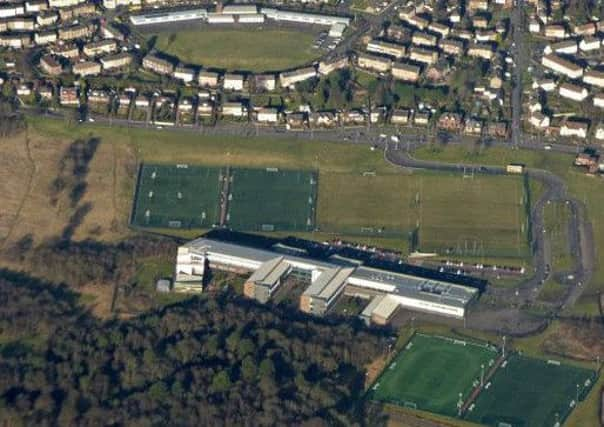Teachers at school built on ‘toxic site’ have the same rare cancer


Four teachers at a Scottish school built on a toxic landfill site have developed the same rare form of cancer.
All the staff members were diagnosed with bladder cancer.
Three of them worked in the same corridor at Buchanan High School in Coatbridge, where pupils and staff were told not to drink the tap water after it turned blue.
Advertisement
Hide AdAdvertisement
Hide AdMeanwhile, a mother is demanding to know whether her autistic son’s sudden blindness is linked to contamination at the site of the Lanarkshire school after he was found to have high levels of arsenic.
Buchanan High is a non-denominational school for 96 pupils with additional support needs and shares a campus with St Ambrose High, which has 1,200 pupils.
North Lanarkshire Council says both schools are safe and there is no evidence to suggest a link with any illness. The school was opened in 2012 on a former landfill site used by Gartsherrie Ironworks for industrial waste, including chemicals and hazardous substances such as arsenic, nickel and lead.
It is understood lawyers for at least one of the teachers diagnosed with cancer has written to the council warning of legal action over the alleged link between “unknown contaminants” and their illness.
Professor Andrew Watterson, of Stirling University’s Occupational and Environmental Health Research Group, who has led studies for the United Nations, said: “The reported ill-health cases do merit serious investigation and it is understandable that staff, pupils and others who work on the site are anxious.
“More information must be made available and the process should be transparent to address all their concerns and either confirm or allay them as soon as possible. On the three bladder cancer cases, this seems like a big cluster very close together in the building for a very small population of teachers. Establishing if a cluster is causal or random is, however, notoriously difficult.”
North Lanarkshire Council said: “The safety of pupils and staff is the council’s primary concern. While it is regrettable that any pupil or member of staff suffers from a serious illness, there is no credible evidence to suggest that any such illness has been caused by environmental factors associated with the school site or copper previously being present in the drinking water supply.”